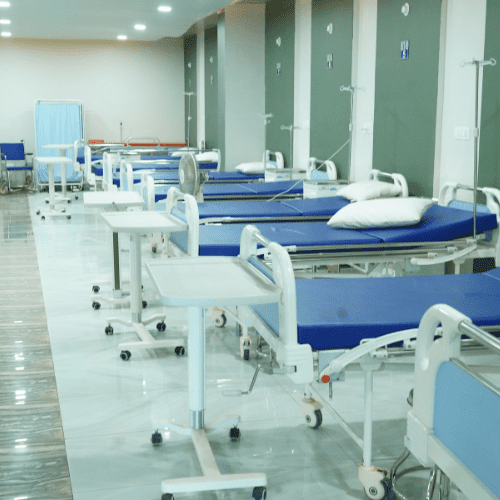Malaria remains a critical public health concern in India, particularly in its endemic regions. Despite ongoing efforts to control the spread of the disease, various socio-economic and environmental factors continue to challenge these initiatives. With approximately 80% of the malaria burden concentrated in the northeastern and central parts of the country, effective control and prevention strategies are imperative. This article examines the comprehensive approaches currently employed in malaria control and prevention and explores the challenges and innovative strategies aimed at enhancing the effectiveness of these efforts in India’s most affected areas.
Comprehensive Approaches to Malaria Control in Endemic Regions of India: An Overview of Current Strategies
Malaria control in endemic regions of India necessitates a comprehensive and multi-pronged approach. Key strategies include vector control measures such as indoor residual spraying (IRS) and the distribution of insecticide-treated bed nets (ITNs). IRS involves the application of long-lasting insecticides on interior walls of homes, which significantly reduces the lifespan and breeding capability of malaria vectors, particularly Anopheles mosquitoes. ITNs, on the other hand, provide a protective barrier for individuals during sleep, thereby reducing the risk of mosquito bites and subsequent transmission of the malaria parasite. These interventions have proven effective in lowering malaria incidence rates in various regions across the country.
In addition to vector control, the establishment of robust surveillance systems is critical for the timely detection and response to malaria outbreaks. These systems enable health authorities to monitor malaria cases in real-time, facilitating prompt intervention measures to contain the spread of the disease. The integration of rapid diagnostic tests (RDTs) has further strengthened the capacity of healthcare providers to promptly identify malaria cases, thereby ensuring that patients receive immediate treatment. Timely diagnosis and treatment are essential in reducing the morbidity and mortality associated with malaria, particularly in vulnerable populations.
Community engagement and education play a pivotal role in malaria control efforts. Enhanced awareness regarding preventive measures, such as the use of ITNs and the importance of seeking timely treatment, can significantly reduce transmission rates. Local health departments often collaborate with community leaders to implement educational campaigns that promote personal and environmental management practices, such as eliminating stagnant water sources that serve as breeding sites for mosquitoes. This integrated approach, combining government efforts with community involvement, is vital for sustaining malaria control initiatives and fostering a sense of responsibility among residents in endemic regions.
Challenges and Innovations in Malaria Prevention: Addressing Barriers to Effective Implementation in India’s Endemic Zones
Despite the progress made in malaria control, several challenges continue to hinder effective implementation in India’s endemic zones. One of the most pressing issues is the socio-economic disparity that affects access to healthcare services. Many individuals living in rural areas face significant barriers when seeking timely diagnostics and treatment, often resulting in severe illness and increased transmission of the malaria parasite. Furthermore, varying levels of community awareness regarding malaria prevention and treatment can lead to delays in seeking help, exacerbating the public health crisis in these regions.
Another major challenge is the emergence of insecticide resistance among malaria vectors, which poses a significant threat to the effectiveness of existing vector control measures. As mosquitoes develop resistance to commonly used insecticides, the efficacy of IRS and ITNs diminishes, necessitating the urgent need for innovative solutions. Researchers are exploring alternative insecticides with different modes of action and integrating them into existing vector management strategies to combat resistance. Moreover, the adoption of Integrated Vector Management (IVM) approaches, which combine multiple control methods, may help mitigate the impact of resistance on malaria transmission.
To effectively address these barriers, innovative community-based interventions are being developed to empower local populations to take a more active role in malaria prevention. These initiatives include training local health workers to educate community members about malaria prevention and encouraging participation in vector control activities. Additionally, technological advancements, such as mobile health applications, are being utilized to improve disease surveillance and facilitate access to information on malaria prevention. By leveraging technology and community engagement, stakeholders can enhance the effectiveness of malaria control strategies and work towards the goal of elimination.
In conclusion, malaria control and prevention strategies in endemic regions of India require a multifaceted and integrated approach to address the complexities associated with this public health challenge. While significant strides have been made through vector control measures, robust surveillance systems, and community engagement, numerous challenges persist, including socio-economic disparities and insecticide resistance. By harnessing innovative strategies and fostering partnerships between governmental and non-governmental organizations, stakeholders can enhance their efforts to combat malaria effectively. Continued research and adaptation of strategies based on the evolving epidemiological landscape will be crucial in the journey towards malaria elimination in India.




